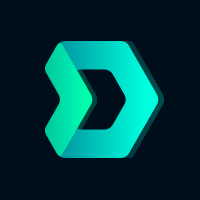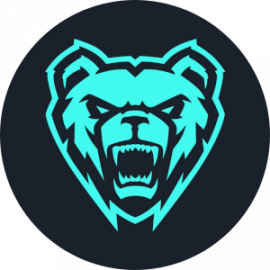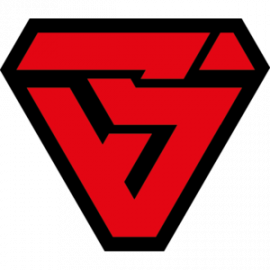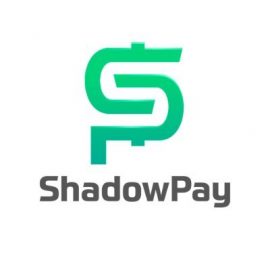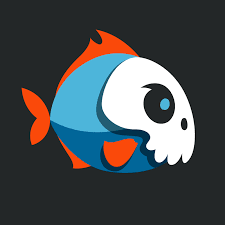Contents
Buying and Selling Skins in Counter-Strike
The buying and selling of skins in Counter-Strike (CS and CS2) is an activity practiced by players and collectors in the community, consisting of acquiring weapon, glove, or knife skins at a lower price with the aim of reselling them later at a higher price, thus making a profit. This virtual market developed from the introduction of skins in Counter-Strike: Global Offensive in 2013, and grew with the rise of the game and the increasing interest in virtual items in the video game industry.
Principle and Operation
Skins are aesthetic appearances that allow players to customize their in-game weapons, but they offer no gameplay advantages. Available in different qualities and rarities, they can be obtained through crates in the game, CSGO gambling sites, direct purchases, player-to-player trades, or through the Steam market, an integrated marketplace that allows players to buy and sell virtual items. The buying and selling process relies on speculating the value of these skins, determined by their rarity, condition, and community demand.
Skins are classified by levels of rarity and condition:
- Rarity: Classified from Common (Consumer Grade) to Covert (hidden), some skins are available in limited quantities, making certain models more valuable.
- Condition: Skins are defined by their wear level, with categories ranging from “Factory New” to “Battle-Scarred,” strongly influencing their price.
Buying and Selling Techniques
Buying and selling strategies in Counter-Strike vary but generally rely on buying low and selling when demand or value increases:
- Buying Low: Resellers scan the market to identify undervalued offers. This includes quick sales, where players sell their skins below their market value to get immediate funds.
- Speculation and Investment: Some skins increase in value over time, especially rare or limited items, such as those from discontinued collections. Investors bet on a price increase of these skins based on trends and updates to Counter-Strike.
- Selling on Specialized Markets: Reselling can occur on the Steam market or third-party skin selling platforms like SkinBaron, BitSkins, or Skinport. Third-party sites often allow for higher prices, but transactions are subject to service fees.
Influences on the Skin Market
The price of skins constantly fluctuates and can be influenced by various factors:
- Game Updates: The addition of new collections or the completion of a series of skins can lead to an increase in the value of existing skins.
- Influence of Competitions and Streamers: The popularity of a skin can increase if professional players or popular streamers use it, significantly raising demand.
- Special Events and Sales: Promotions, events like CS Majors, and temporary price drops also influence transactions.
Profits and Risks
While buying and selling can generate profits, the skin trading market remains speculative and carries risks. The value of a skin can drop based on meta changes, Valve updates, or fluctuations in demand. Moreover, Steam fees, set at 15% for each sale, reduce profit margins, especially for frequent transactions.
Conclusion
The buying and selling market of skins in Counter-Strike has become a major activity, attracting collectors, investors, and players alike. While the system allows some to profit from their knowledge of the market and game trends, it remains unpredictable and risky, highlighting the challenges of an expanding virtual market, dependent on community dynamics and the game publisher, Valve.
More information:


